16 Ecuador Desserts You Need to Try! [Pictures, Videos, Recipes…]
Are you looking for some amazing Ecuador desserts? Then you’re in the right place! Here are 16 of our favorite Ecuadorian desserts, including photos, videos, and step by step recipes.
And if you weren’t looking for desserts, stay anyway because these are awesome…
16 Amazing Ecuador Desserts
Ecuador is famous for its food, and dessert is no exception! These desserts are amazing and simply wonderful, be sure to try them on your trip.
Here are the desserts we will cover in this post:
- Dulce de Higo/Higos Con Queso: Sweet Figs and Cheese (jump to section)
- Suspiro: Baked Meringue (jump to section)
- Chocolate con Queso: Hot Chocolate and Cheese (jump to section)
- Mil Hojas: Thousand Pages (Napolean Cake) (jump to section)
- Espumilla: Sweet Mousse (jump to section)
- Tres Leches: Three Milks (jump to section)
- Dulce de Leche: (Manjar) – Milk Caramel (jump to section)
- Helados de Paila: Traditional Ice-Cream (jump to section)
- Ecuadorian Quesadillas (jump to section)
- Alfejores Rellenos de Manjar (jump to section)
- Quimbolitos (jump to section)
- Cocados: Coconut Sweets (jump to section)
- Morocho: Spiced Corn Drink (jump to section)
- Bebida Come y Bebe: Fruit Salad Drink (jump to section)
- Guaguas de Pan: Bread Babies (jump to section)
- Empanadas de Viento: Wind Empanadas (jump to section)
The first four are my personal favorites! Not all of these desserts are exclusive to Ecuador, but all are commonly served in Ecuador.
Is your favorite here? Let us know if it is in the comments – and if it isn’t here, tell us about it and we will try to add it to our list!
Enjoy these mouth-watering Ecuadorian desserts!
Always be careful when eating abroad. We don’t have the same immunities as local people – if you get sick, please don’t automatically assume that it’s someone else’s fault.
Up in high-and-mighty North America and Europe, we don’t have the same immunities that they have in other places; we are basically living in fish bowls. Some believe that the insane level of sanitation and all the precautions we take are actually worse for us than whatever we might catch.
So be careful when traveling! Make sure the food is cooked well, do your research, ask questions (but please don’t be rude!) and, it pains me that I have to say this, but don’t be naive! You can’t really expect to eat some unidentified street food that you’ve never heard of at a nearly empty food stand and be totally fine.
Make sure that you eat at busy restaurants as this likely means they have good, clean food and that locals don’t get sick from eating there.
Just like at home, you probably wouldn’t buy fudge from the neighborhood weirdo selling it out of his garage in his underpants. Our countries aren’t that different – you need a brain to survive in both.
I’m proud to be Spanglish – I grew up in Ecuador and like to randomly throw around Spanish words. I’m also including a lot of Spanish videos in this post (don’t worry, I’ll translate the recipes), because frankly, who knows how to make traditional desserts better, a foreigner or a local?
And I’ve got a bit of a sass issue when people start dissing Latino culture so forgive me if I’m ranting, I don’t mean to offend anyone. In my opinion, if you are visiting another country, you need to show the utmost respect and dignify the people.
North Americans tend to think that we are better than the rest of the world. We’re not.
You know I love you guys so be kind, be accepting, enjoy traveling, love the food, love the people, and keep any rude opinions to yourself (we all have them, but we don’t need to share them).
10 Spanish Food Vocab: Ecuador Dessert Words
- Que rico! – How rich/delicious/wonderful! Said when you absolutely looove some amazing food. You will make your host very happy if you tell them that their food is “muy rico.”
- Panela – This is very natural, organic cane sugar, it is made locally by crushing cane stalks and then reducing the juice until it is a thick, delicious, dark syrup. This is then set to dry as panela bricks. Not all pastries are made with panela, as it has a very strong flavor, but it is sure to give a true traditional feeling!
- Baño maria – This literally translates ‘mary’s bath,’ but I’m sure that doesn’t tell you what it means. Baño maria is when you put a glass bowl over a boiling pot and let the steam warm the bowl and affect whatever’s inside. Frequently used to sanitize egg whites and melt chocolate.
- Postre – Dessert!
- Amigos – Friends (used in a lot of the videos 😉 )
- Gringo – A pet name for white foreigners. Some gringos find gringo offensive … it isn’t :).
- Queso Fresco – literally translates ‘fresh cheese.’ Used to mean a local soft cheese, likely unsalted or very lightly salted.
- Dulce – Sweet. Sometimes you’ll hear ‘dulce de…’ which means ‘sweet of…’ likely meaning candied, sweet sauce, or even jam or marmalade.
- Panadería – Bakery
- Bebida – Drink
With these words in mind, we’re ready to get started.
1. Dulce de Higo/Higos Con Queso: Sweet Figs and Cheese
Dulce de higos (or higos con queso – figs with cheese) is an amazing Ecuadorian dessert which consists of green figs preserved/candied in a panela sauce and a side of queso fresco.
Higos con queso are heavenly!! The figs have an amazing texture when candied and the cheese contrasts their sweetness.
I’m a real texture person; I have trouble eating anything slimy, overly chewy, or gritty. These figs are simply wonderful because they don’t have any unpleasant textures – at least not to my palate.
The seeds have a pleasant crunch, and the fig itself is smooth but has enough substance that you can chew it. I’m probably annoying you by now, but I love figs and cheese!
Higos con queso are a must try when visiting Ecuador. They are very popular, so they can be found at almost any local restaurant. They are extremely dulce but hey, what good things in life aren’t sweet?
Here are the steps in English:
Ingredients for Higos Con Queso
- 30 green figs (higos verdes)
- 1kg (2lb) panela
- 1 palo de canela (a cinnamon stick)
- queso fresco
Higos Con Queso Recipe
- Cut an X at the bottom of figs
- Soak in water for 12 hours
- Drop into boiling water
- Cook until the inside (where you cut the x) is white
- Put them in a bowl (with the water from boiling) for 12 hours
- Squeeze some of the water out of the figs by hand
- Dissolve the panela (or the darkest cane sugar you can find) in 1 l of water
- Add 1 stick of cinnamon (canela) and the figs
- Cook on medium heat until about half of the liquid cooks off
- Serve with queso fresco (or an available soft cheese)
- ~Higos Con Queso. Mmm… Que Rico~
Have you tried these amazing figs? What did you think? Let me know in the comments!
2. Suspiro: Baked Meringue
Suspiros, or baked meringues, are amazing! They are so light and they melt in your mouth. Suspiros are made with whipped egg whites, sugar, cream of tartar or lime/lemon juice or vanilla extract, and some food coloring if you like.
One of the great things about this dessert is that they are super easy to make at home and only takes about 10 minutes of prep time. If you’re not in a baking mood though, you can go to pretty much any panadería in Ecuador and have your choice of suspiros.
Here are the steps in English from the video:
Ingredients for Suspiros
- 7 egg whites
- 2 1/2 cups sugar (not panela! white sugar)
- 1/2 teaspoon cream of tartar (or 5 drops of lime or lemon juice or white vinegar)
- a pinch of salt
- 1 tsp of vanilla (optional)
- Some food coloring (optional)
Suspiro Recipe
- Make sure your mixing bowl is very dry because water will affect the outcome of the suspiros y pueden salir muy feos.
- Preheat oven to 80°C (176°F), the lower the better no higher than 100°C (212°F)!
- Put egg whites and sugar in mixing bowl
- Put it in a baño maria so the sugar will dissolve. Stir egg whites and sugar over this heat until the sugar is completely dissolved – about 50° C (122° F)
- Now put the mixture in your kitchen mixer on medium speed so it firms up slowly
- When it turns white and starts to firm up, add the cream of tartar
- Turn up the mixer to maximum for up to 10 seconds so it gets very luxuriously smooth and has stiff peaks
- If you want, add some food coloring now and mix well
- Now take a pastry bag and a piping tip put in a glass and fill the pastry bag with the meringue
- Pipe onto a sheet of parchment paper on a baking sheet
- Now put in the oven at 80°C. Anna says: If you put your oven on too high the meringues will not dry out, they will burn on the outside and be wet inside, possibly starting an incendio (or catching on fire in a very dramatic manner). Never higher than 100°C! Leave them in the oven for around 2 hours so they dry out well
- Turn off the oven and leave them in for around ten minutes so they don’t get ‘shocked’ when they come out of the oven and get condensation because of the rapid change in temperature. They need to be kept as dry as possible so that they will have a good texture. They need to melt when they get in your mouth; not before!
- Now keep them in a dry, cool place. Humidity is enemigo número uno!! In other words, humidity = bad. 🙂
Watch the video along with these translated steps so you can see how she does everything. These are super delicious and I make my version all the time!
Here’s How I Do It: I have a nice truck-load of food allergies and thus cannot eat normal food… such as sugar – one of the main ingredients of suspiros. So I use:
- 2 egg whites
- 1 cup maple syrup
- 1 tsp salt
Heat up the maple syrup and slowly add it to the egg whites and salt while they are whipping and then bake it the same as you would normal suspiros and they turn out very similar and don’t need vanilla flavoring because they taste like maple syrup. It’s the same rough idea as Italian meringue. Just call it a Canadian spin on Ecuadorian suspiros!
Let me know in the comments if you’ve ever made them, or if you will try them now!
3. Chocolate con Queso: Hot Chocolate with Cheese
Well, now this one is a bit weird. I love it, but I get that it might seem weird if you’ve never tried it before. This one is pretty simple and is exactly what it sounds like – hot chocolate with mozzarella cheese in it, served with buttered bread. The contrast is amazing!
The hot chocolate is super rich because it’s generally a real chunk of chocolate, not the powder we have here. The rich hot chocolate blends so well with the salty, stretchy, cheese and it is so weird that it’s amazing!
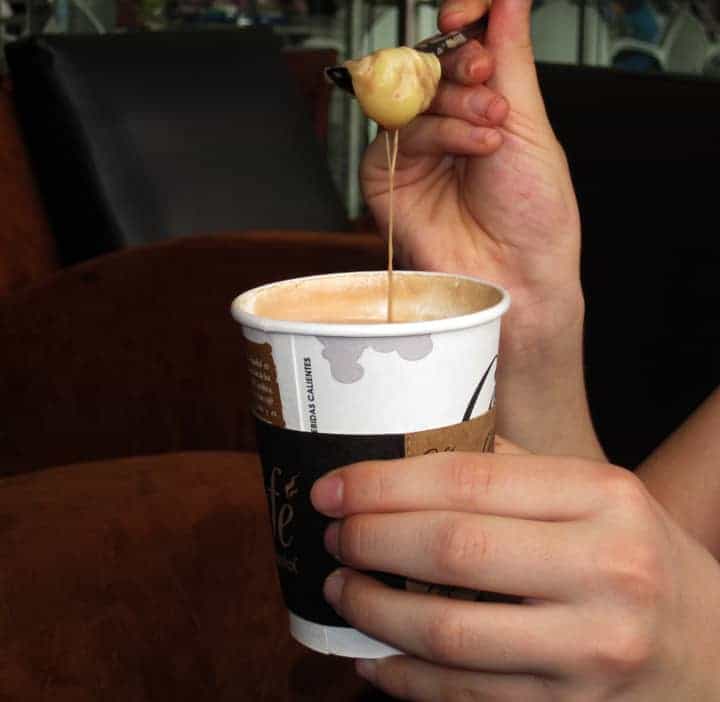
4. Mil Hojas: Thousand Pages (Napoleon Cake)
This is a French dessert, but it’s very common in Ecuador and is amazing! In Ecuador, they generally call it ‘mil hojas‘ and you can find it at almost all the bakeries.
It’s quite dry – which isn’t a bad thing as it often has whipped cream, buttercream, or a fruity cream between layers. I love the texture, it’s so cool to bite through!
5. Espumilla: Sweet Mousse
Espumilla is sold like ice cream all over Ecuador, it’s great for the vendors because it doesn’t melt. It’s made with fruit pulp, sugar, flavorless gelatin, and egg whites. It’s then topped with arrope de mora (blackberry syrup), sprinkles and coconut flakes. It’s made quite similarly to suspiros, but it’s not baked.
As I said before, there is a need to be careful when eating abroad. Some people make espumilla with a “baño maria,” which means they mix the egg whites and sugar over a pot on the stove, thus heating up the egg whites and greatly limiting or removing the risk of salmonella.
But some don’t; they simply whisk the raw egg whites and away they go. It’s my understanding that this is totally fine for a lot of the locals, but we weak gringitos need to be careful.
Also, just use your discernment. If the pile of espumilla is tall and full, it was likely just made and thus safer than if there is only a little bit left at the end of the day.
6. Tres Leches: Three Milks
Tres leches is a very moist, sweet cake that is extremely popular in Ecuador and can be purchased at most panadería. It is basically a sponge cake that absorbs milk, whipping cream, and condensed milk.
I find the cake to be a little too milky (ironic, isn’t it) for me. It’s very rich, so I do really enjoy a small slice but find it overwhelming after a while.
However, many people absolutely love this cake and I definitely think you should try it on your trip!
This coffee infused tres leches looks like an amazing alternative to try at home:
7. Dulce de Leche or Manjar: Milk Caramel
Dulce de leche is a very sweet caramel-like candy spread. I know that doesn’t make much sense but I don’t know how else to explain it.
Dulce de leche is sold in little plastic sleeves as candy, for fillings, ice cream flavorings, or it is spread on cookies or toast. It is a very versatile, extremely sweet spread.
Here are the steps to make manjar:
Ingredients for Dulce de Leche
- 1.5 l (6 cups) milk
- 500 g (about 4 cups) white sugar
- 15 ml (3 tsp) vanilla extract
- 2 g (a pinch) baking soda
Manjar (Dulce de Leche) Recipe
- Put a large non-stick pan on low-medium heat. It has to be a non-stick pan because the manjar gets very thick and sticky and could stick to the pan and burn
- Add milk, sugar, vanilla, and baking soda
- Now, you have to stir for a long time – almost 2 hours in total!
- After about 10 minutes, the milk will start to foam up, but this will go away quickly
- At around 30 minutes, it will start to change color
- At 45 minutes, the color has deepened and half the milk is gone
- Keep stirring so it doesn’t stick
- At 1 hour, you have thicker milk and “un montón de aburrimiento,” or “a lot of boredom” 😉
- At an hour and a half, you can test it by dropping on to a plate and seeing how runny it is. Remember: it will thicken when it cools
- At an hour and three quarters, test again by dropping on a plate and allowing to cool for a few minutes. Then drag a spoon through it; if the two sides don’t rush back together, it’s done!
- Pour into glass jars to keep it fresh
Point 10 has more on manjar!
8. Helados de Paila: Traditional Ice-Cream
In my opinion, one of the greatest things about helados de paila is watching them being made. These are honest to goodness traditional ice-creams and it’s amazing to watch the process!!
The paila, or pail, that they use is made of bronze, and they put juice into the pot and ice around the pot and then they spin the pail around and around waiting for it to freeze.
It takes a long time to freeze and a lot of work to keep spinning and spinning, but it comes out so smooth and delicious.
Check 1:43 for how it looks when the ice cream is being made!
From the video: The ice cream takes a lot of work because it is made completely by hand. They have a wooden table with a wooden bowl on top in which they put straw and ice. Then they add coarse salt to the ice to lower the temperature of the ice threw friction.
Then they add the bronze “paila,” and a liter of juice into the paila. Then they spin it around and around, and as the ice cream starts to freeze on the sides and base of the paila they stir it with a wooden spoon until the whole batch is frozen and ready to be served.
“This ice cream is completely organic; it doesn’t have artificial colors, creams, preservatives. So no one can come here and leave without having a delicious helado de paila!” – Monica Suarez, from Rosalia Suarez Heladeria in Ibarra Norte (Ecuador Andes)
If you are lactose intolerant, be sure to ask if they use milk in making the helado de paila that you want to try. More often than not though, you can probably enjoy this traditional ice cream as it is made with only fruit juices and sugar!
9. Ecuadorian Quesadillas
I know what you might be thinking; quesadillas aren’t desserts. Ecuadorian quesadillas are different than Mexican quesadillas. While Mexican quesadillas look pretty much like soft-shell tacos (don’t kill me), Ecuadorian quesadillas are pentagon-shaped, cream cheese and sugar-filled pastries.
Here are the video’s steps in English:
Ingredients for the bottom bread
- 1 cup wheat flour
- 1 egg
- less than 1/2 cup water
10 Steps for bread
- Mix the wheat flour and egg well with a beater
- Add the water slowly, little bits at a time
- The dough should look like bread dough; not sticking too much to the mixing bowl
- If it’s too sticky, add a little flour
- Leave to rise slightly (work on filling)
- Divide the dough in half
- Roll a fat snake and cut into 6 pieces
- Flour the counter
- Roll out the pieces until they become thin, roundish, disks
- Turn on oven at 340° C (640°F)
Ingredients for filling
- 2 cups wheat flour
- 3/4 cup sugar
- about 1 1/2 cups cream cheese
- 4 eggs
- 4 heaping spoonfuls of butter
- 1/2 cup extra flour
- 1 beaten egg yolk with some milk to paint the top of the quesadilla before baking
- 1/4 cup extra milk
- a little yellow food coloring
- 1tbsp baking flour
10 Steps for filling
- Separate the egg whites and yolks
- Beat the egg whites “hasta punto de nieve“; until they are white and fluffy – about 5-7 minutes
- Put cheese, sugar, and butter in mixing bowl and mix well
- Add the egg yolks one by one, mixing well
- Mix the baking powder and flour together
- Add flour and baking powder to the cheese and egg mix little by little on low-medium speed
- Add a little milk if too sticky
- Add the whipped egg whites
- Mix lightly by hand until the egg whites are well mixed into the filling
- Add 5 drops of yellow food coloring
Steps for combining the bread and filling
Your oven should be turned on!
- Add about 2 spoonfuls of filling into the center of your disks
- With a spatula, brush the filling out toward the edges a little
- Close up the edges of your quesadilla – 5 folds (make sure to watch the above video!)
- Put them onto a sheet of parchment paper on a baking sheet
- Brush the tops of the quesadillas (the part with the filling showing) with the egg yolks and milk
- Leave in the oven until the tops are golden brown, roughly 30 minutes
As I said before, all I’m doing is translating the videos, be sure to watch the videos so you can see how each step of the process is supposed to go!
10. Alfajores Rellenos de Manjar
Alfajores con manjar are amazing little cookies that are super sweet and have a really cool texture. They are filled with the dulce de leche a.k.a manjar that I talked about in #7.
The alfajores are made of two cookies and they are filled with manjar, jams, creams, etc. They are definitely a delicious cookie-like an Oreo on steroids :).
11. Quimbolitos
Quimbolitos are a delicious pastry cooked in an achira or plantain leaf.
Here are the video’s steps:
Quimbolitos Ingredients
- 1 kg (2.2 lb) wheat flour
- 1 kg (2.2 lb) white corn flour
- 15 g baking powder
- raisins
- 1 cup sugar
- 12 eggs
- 250g of margarine or butter (softened but not melted!)
- grated cheese
- 1 cup cognac
- achira leaves (can be substituted with aluminum foil, but not recommended)
Quimbolitos Recipe
- Mix the butter and sugar well with your hands
- Mix the wheat and corn flour and baking powder
- Separate the egg whites from the yolks and whip the egg whites until they are white and fluffy
- Mix the whipped egg whites with the butter and sugar for about 3 minutes
- Add 1 cup cognac to the mix
- Add the dry ingredients to the wet and mix well
- Now add the egg yolks, raisins, and grated cheese for 5-7 minutes
- Put a spoon and a half of mix into your leaf close and leave a space at the top
- Steam for about 30 minutes
- Serve with coffee!
In case it’s not obvious: don’t eat the leaf 😉
12. Cocados: Coconut Sweets
Cocados are a popular coastal desert made with grated coconut and warmed panela (pure cane sugar).
The panela is melted over a fire until it starts to thicken and then the coconut is added and mixed. As it cools, it is rolled out, pressed and cut.
It is similar to fudge and while it can be found in the Andes, it is mainly found on Ecuador’s coast, in areas like Esmeraldas.
13. Morocho: Spiced Corn Drink
Morocho is a spiced drink eaten with a spoon made from white corn that is grown in Ecuador.
Unfortunately, I’m allergic to corn so I never got to try morocho. Being a little texture-obsessed, I don’t know if I would like to drink something chunky. But if you think about it another way, it’s basically corn porridge and I think it would taste great with cinnamon and milk!
Have you tried morocho? Tell me in the comments what you thought of it!
Steps from the video:
Morocho Ingredients
- 1 lb maiz trillado (morocho) aka cracked white hominy corn. Soak overnight in 6 cups of water
- 14 cups milk
- 1/2 cup sugar
- 1/2 cup raisins
- 3 cinnamon sticks (some people also add cloves)
Morocho Recipe
- Heat 6 cups milk on low heat in a non-stick pan
- Add morocho corn and cinnamon
- Stir about every 5 minutes
- Cook for about 1 hour
- Add 2 more cups of milk
- Keep stirring every 5 minutes for another hour
- Add 2 more cups of milk and stir for another hour
- Add 4 more cups of milk
- Add raisins and sugar
- Stir for 20 minutes
- Keep on low heat, but bring milk to a boil
- Serve with a spoon and some cinnamon sprinkled on top
14. Bebida Come y Bebe: Fruit Salad Drink
Come y bebe means eat and drink, which is exactly what you do with this refreshing drink. Come y bebe is made from a bunch of different fruits chopped up small. Commonly pineapple, strawberry, grape, mango, banana, watermelon, pretty much anything you want to add. Then some orange juice is added.
Depending on how you prefer to do it, you could add all the fruit together with about a cup of orange juice and let it sit for 2 hours allowing all the fruit to release some of their juices. Or, you could simply add the amount of fruit juice that you want. The idea is that the juice covers the fruit and you can eat and drink the bebida.
15. Guaguas de Pan: Bread Babies
Guaguas de pan are cheerful little breads eaten all year round but especially on all souls day with colada morada (a popular beverage in Ecuador). They can be found at most bakeries in the Andes as they are very popular; especially with children!
16. Empanadas de Viento: Wind Empanadas
These aren’t your typical meat and cheese empanadas, they are an amazing pastry that I personally love!! They are super light and only mildly sweet, I love having them with coffee.
You know the drill 🙂 :
Empanadas Ingredients
- 2 cups wheat flour
- 3 tbsp butter
- 1/2 tbsp baking powder
- Ground mozzarella cheese
- Up to 1 cup water, most likely less
Empanada Recipe
- Hand mix butter and flour well
- Add baking powder
- Add water little by little
- Mix until no flour sticks to the bowl
- Form small balls, about golf-ball size
- Flour counter
- Roll out the balls
- Put in an empanada mold (or cut into a circle)
- Add cheese
- Close mold and press firmly
- Cut off excess dough
- Repeat with all dough
- Refrigerate for a half hour
- Heat oil to 355°C
- Add the empanadas
- Carefully spoon oil on top of the empanadas while they cook (it’s normal for them to inflate quite a bit)
- Cook until golden brown
- Remove with slotted spoon and sprinkle with sugar
These empanadas are so light (thus the name) and the contrast of salty and sweet is divine! These are easily found in most bakeries.
Want More?
Read more about some great Ecuador beverages here and some more amazing traditional Ecuador food here.
These are some more desserts that we are hoping to cover soon: Dulce de Peras, Orejas, Arroz Con Leche, Dulce de Zapallo and Flan. If you get a chance to try them while in Ecuador come back and let us know what you thought.
Amazing Ecuador Desserts!
I hope that you have enjoyed learning about some of Ecuador’s greatest desserts! Life is hard – sometimes you need some amazing comfort food. So which one will you try?
Have you tried any of these? Which is your favorite? Did we miss it? Let us know in the comments!

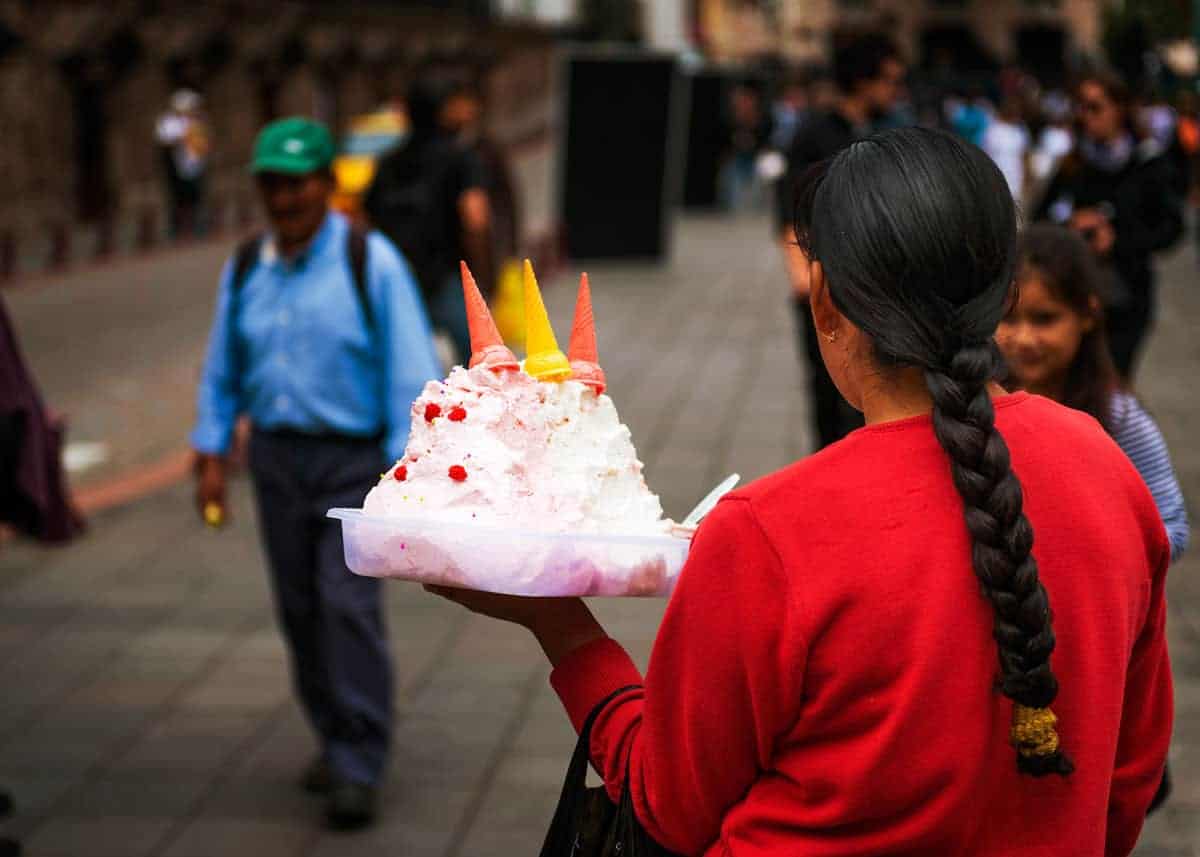
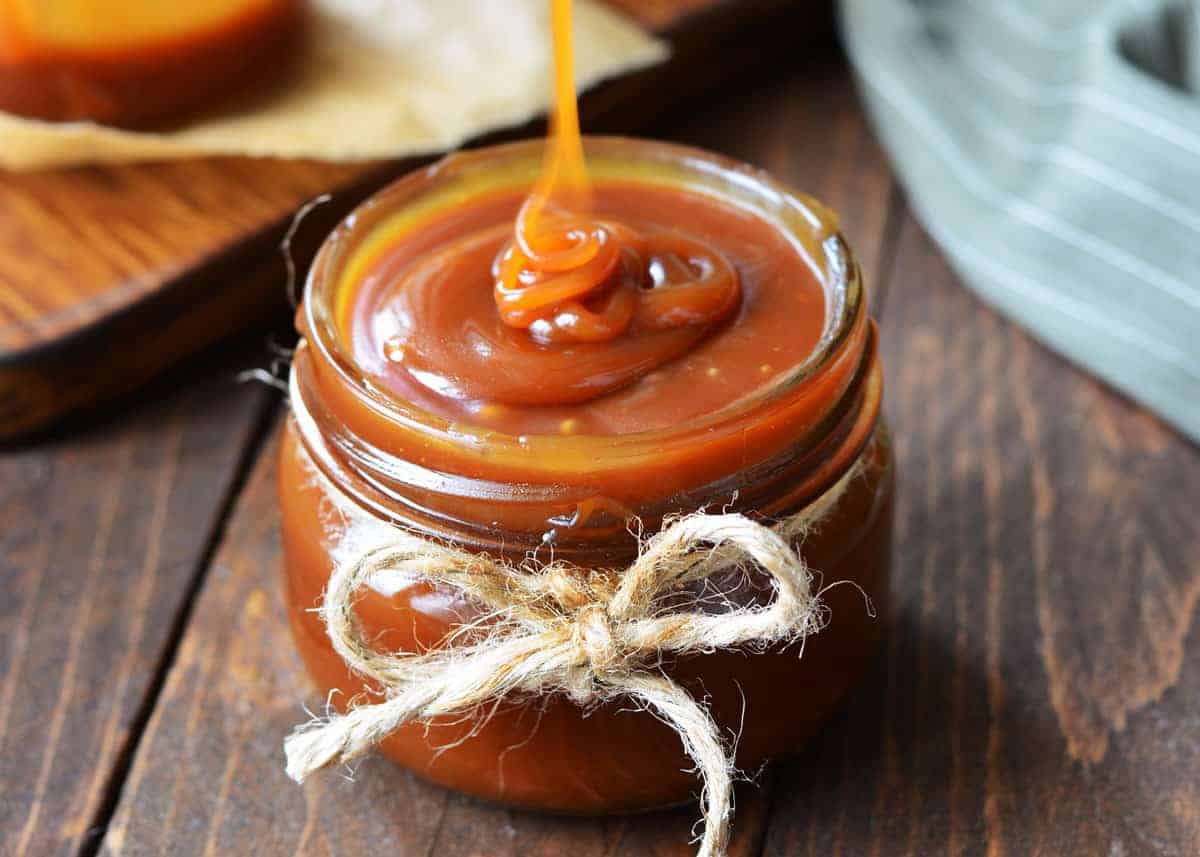
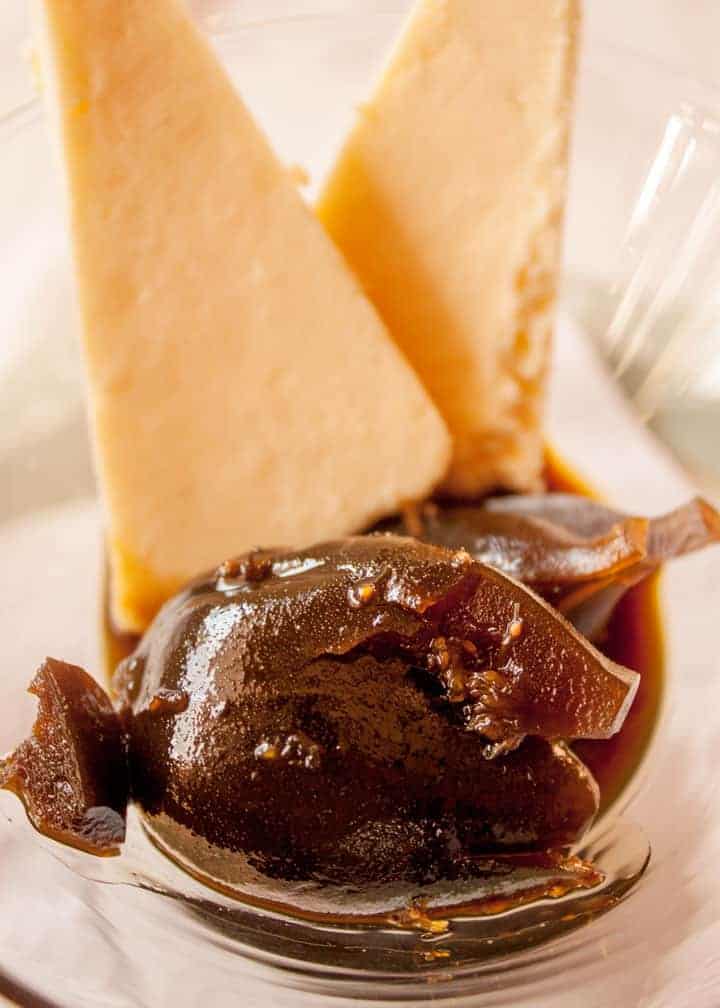
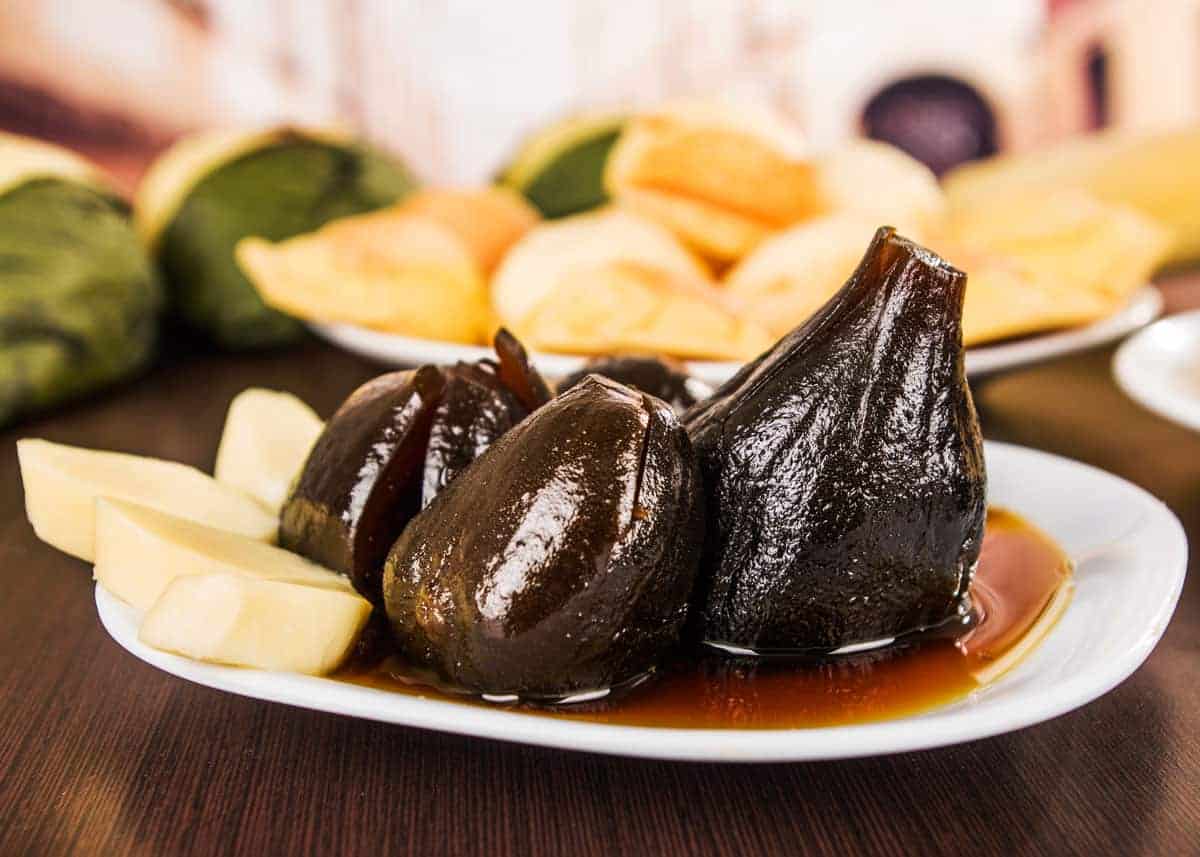
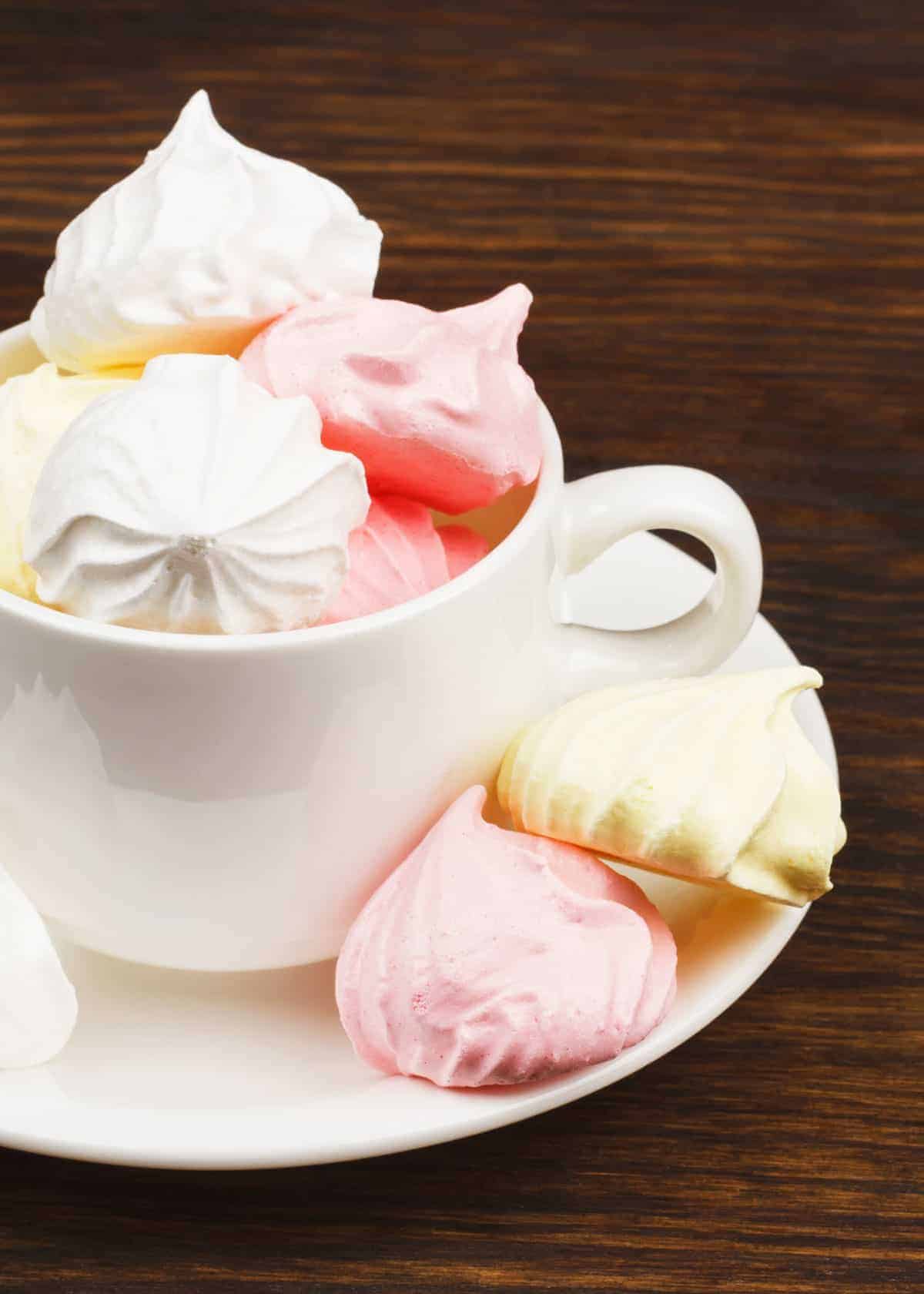
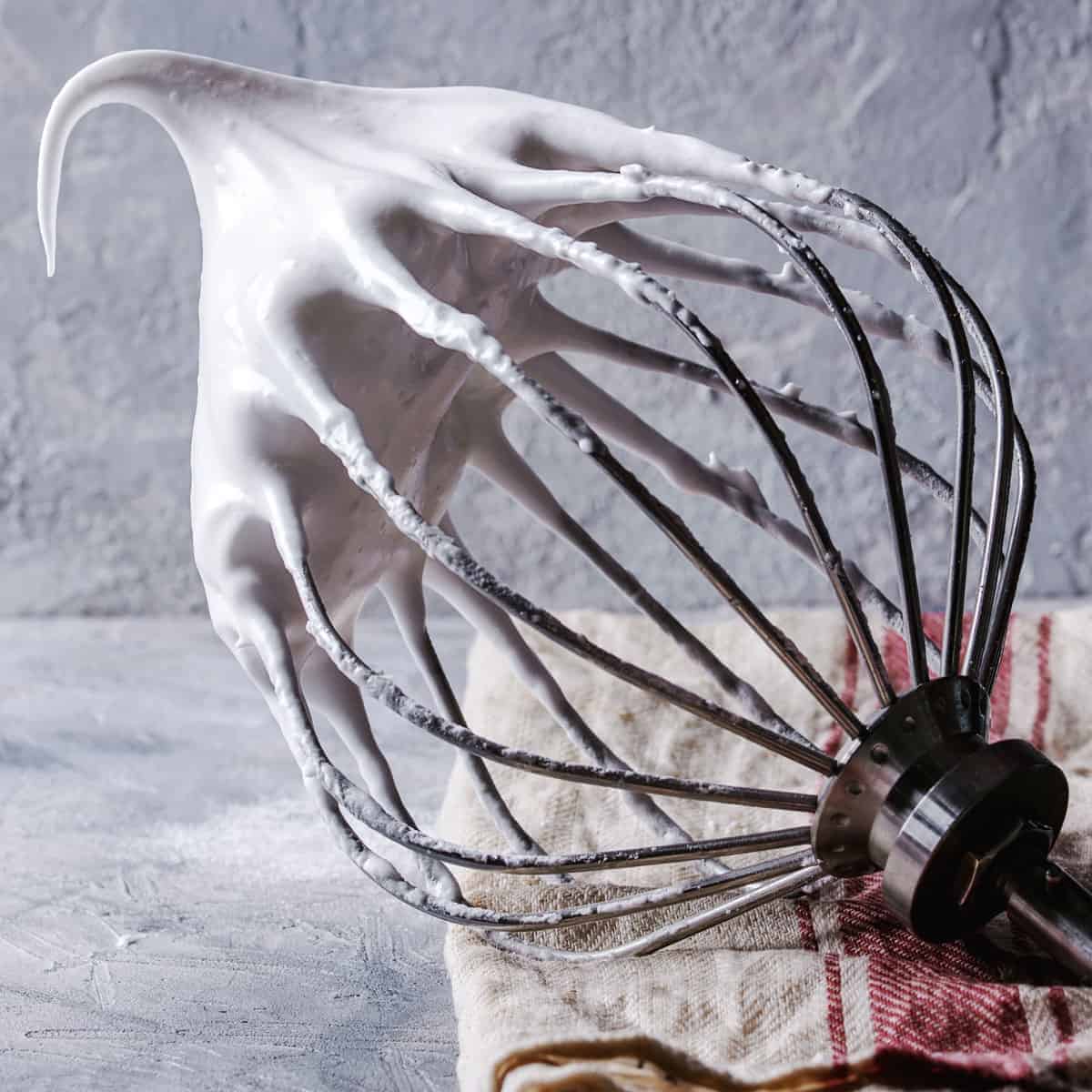
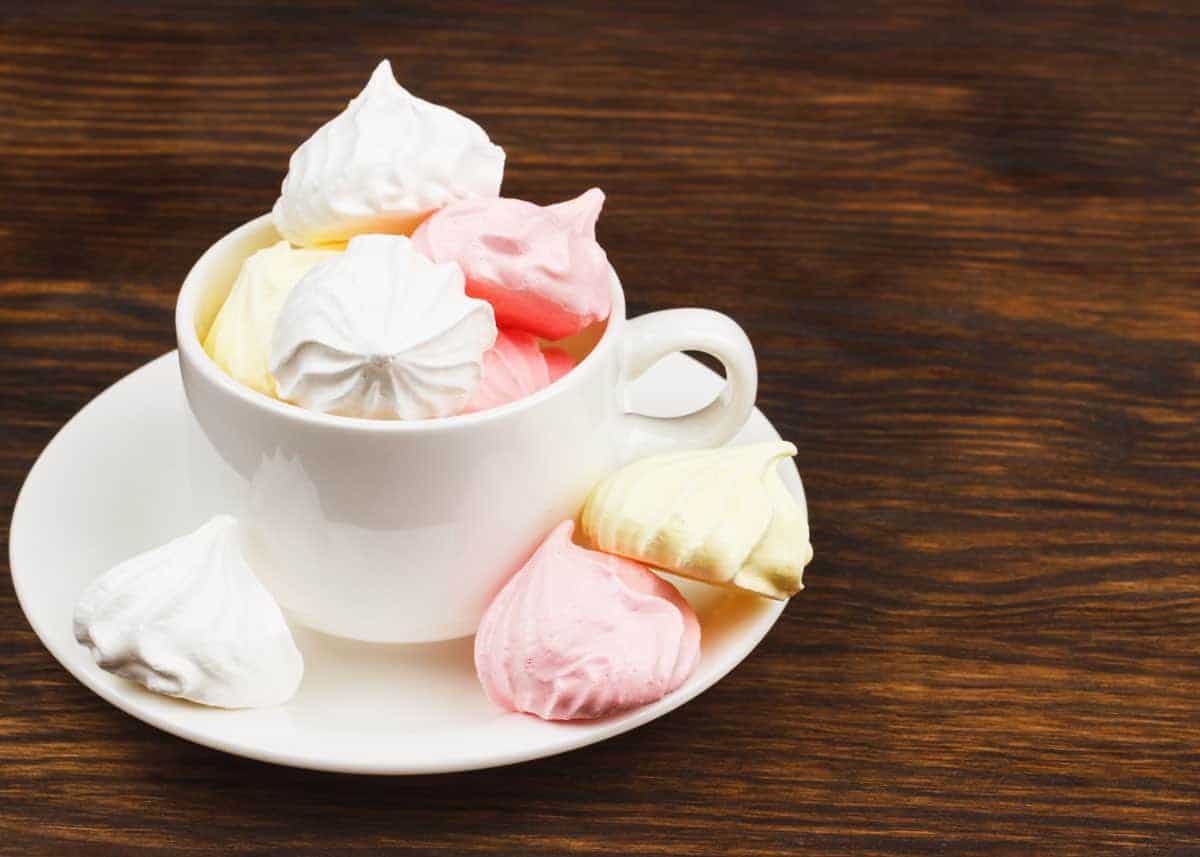
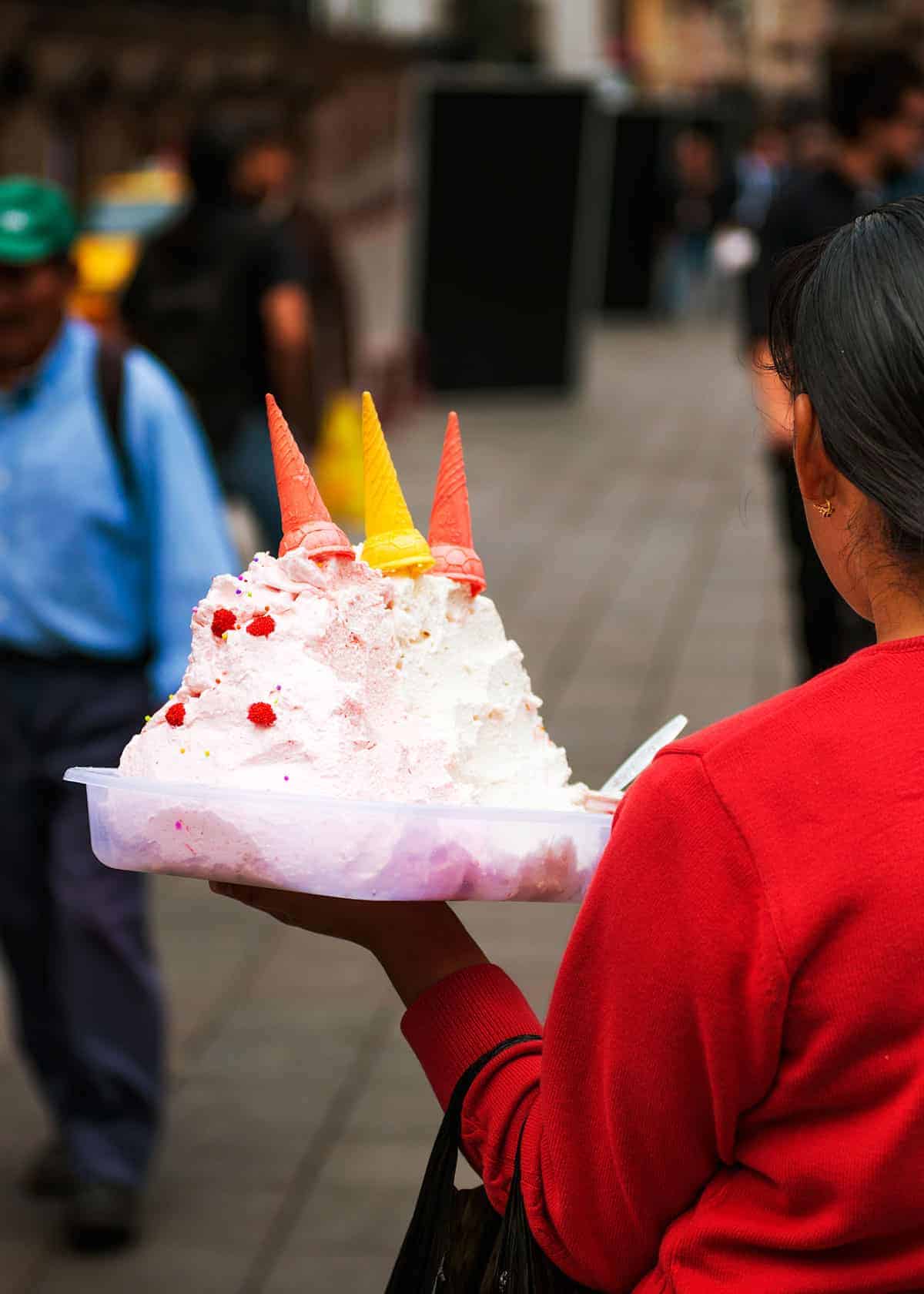
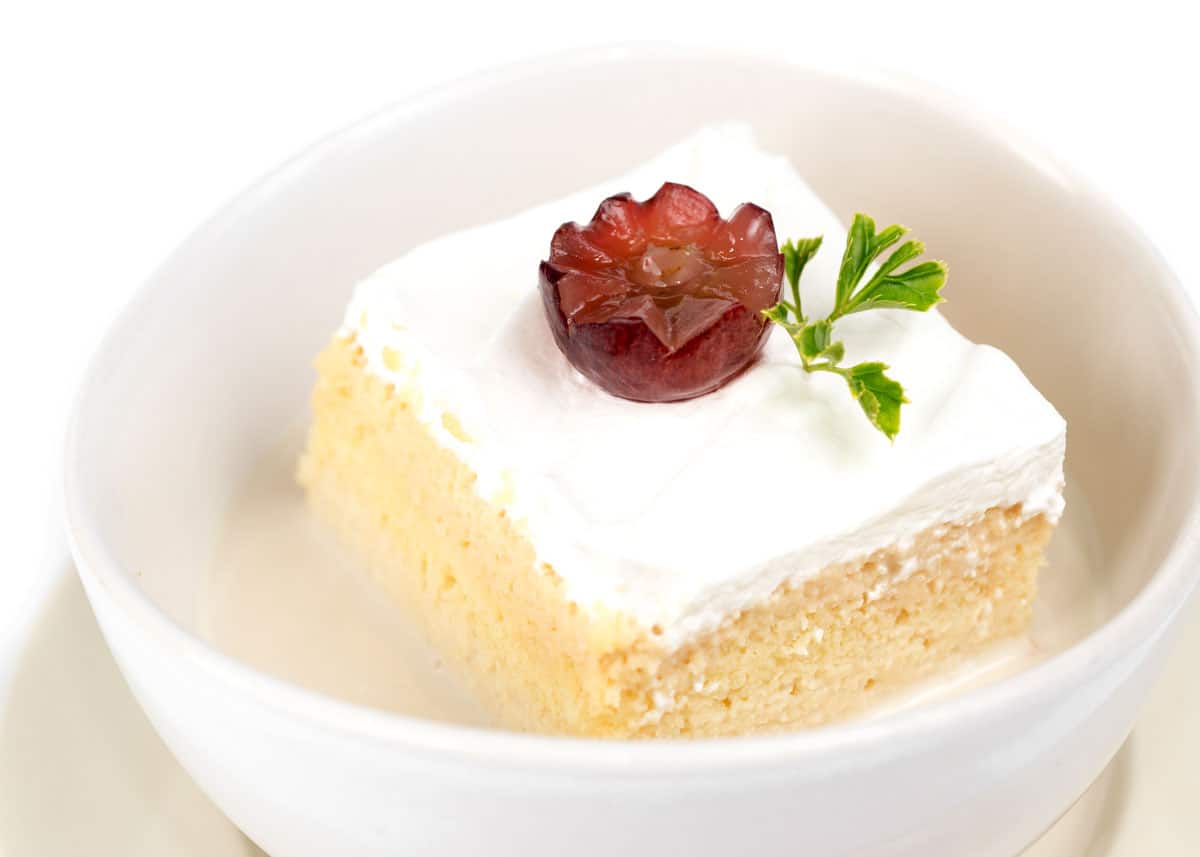
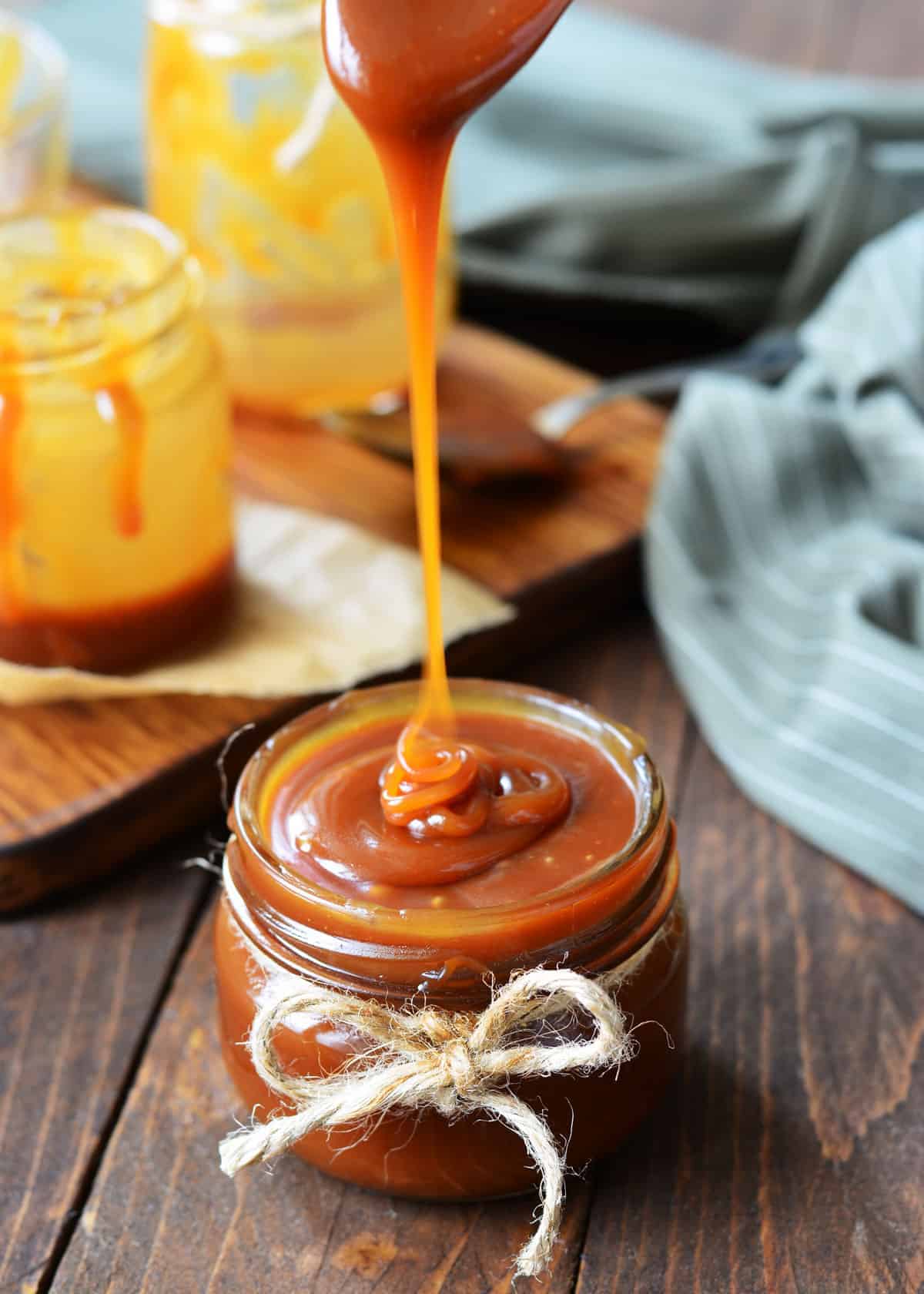
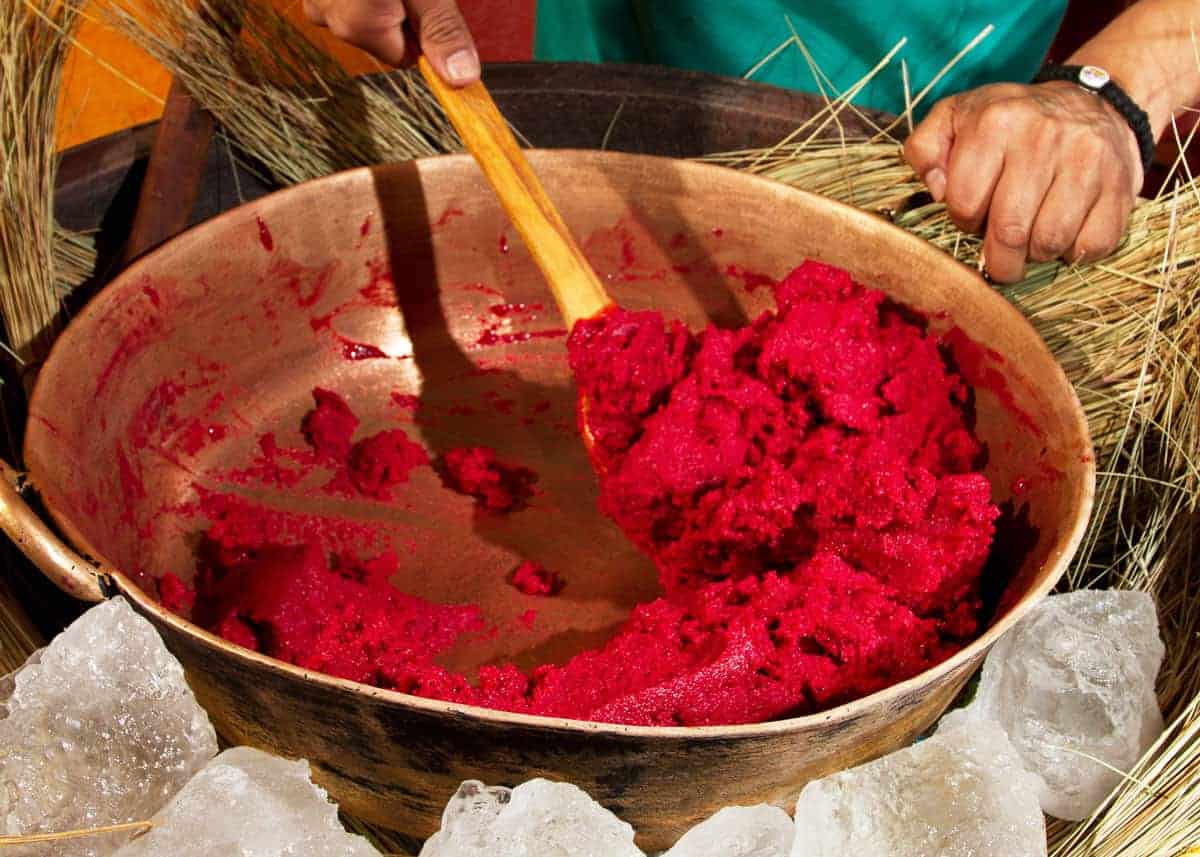
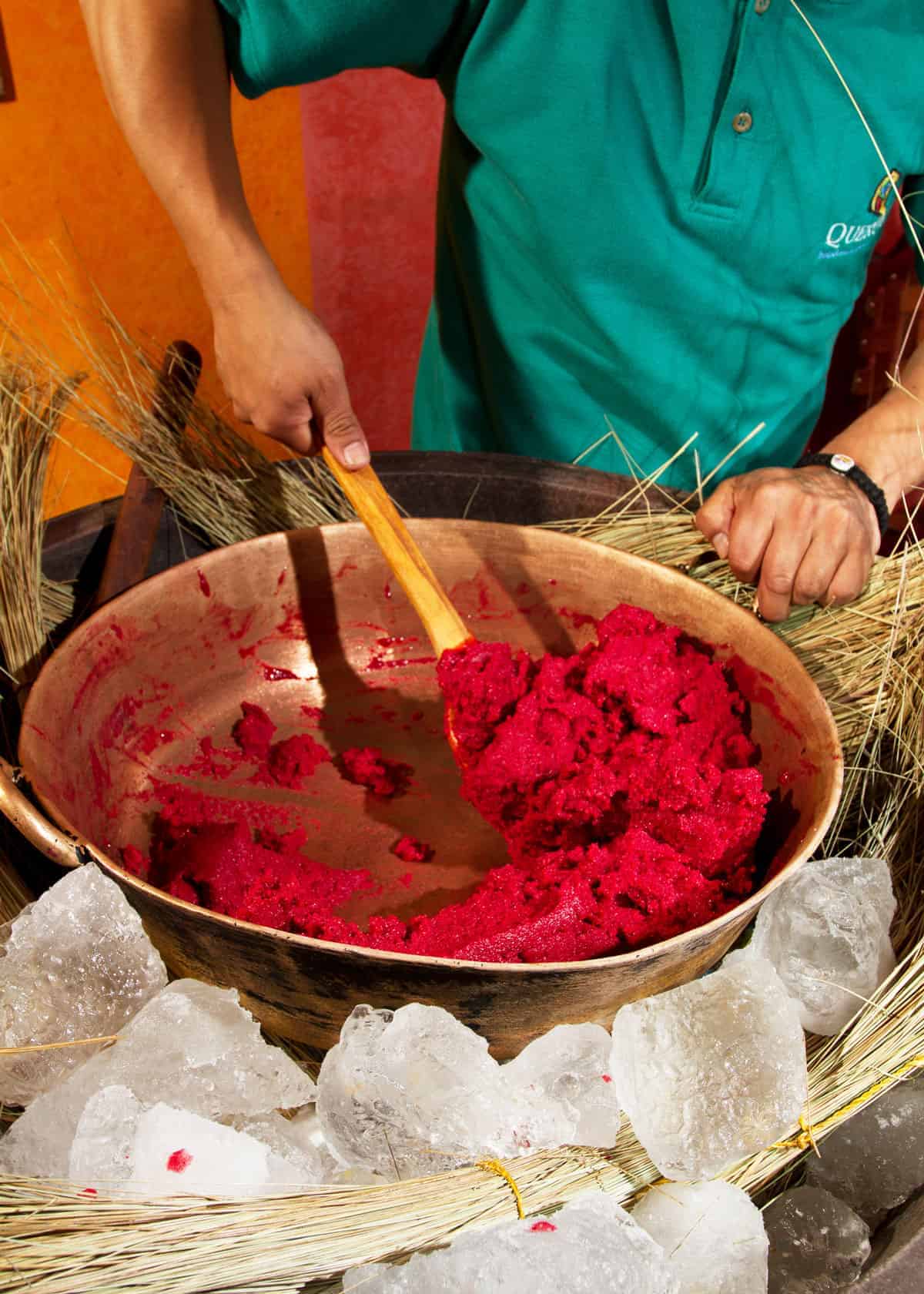
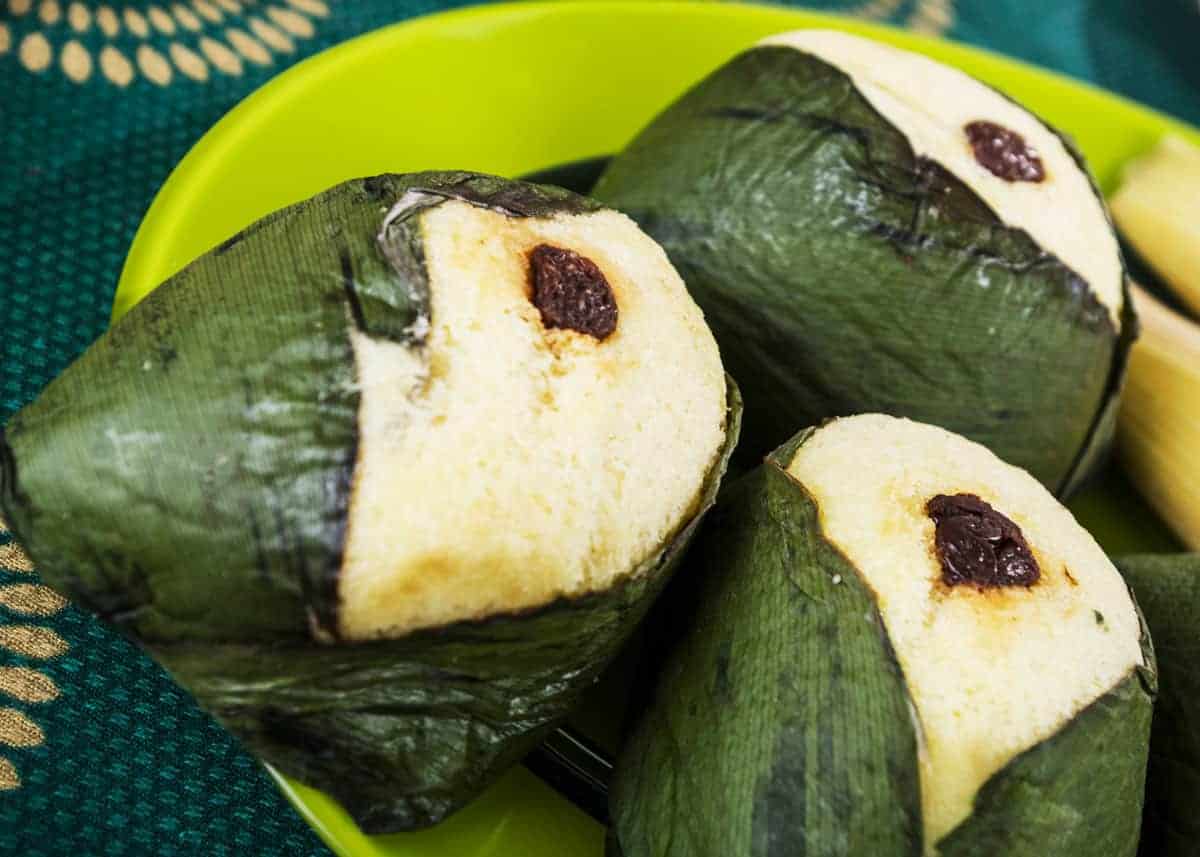

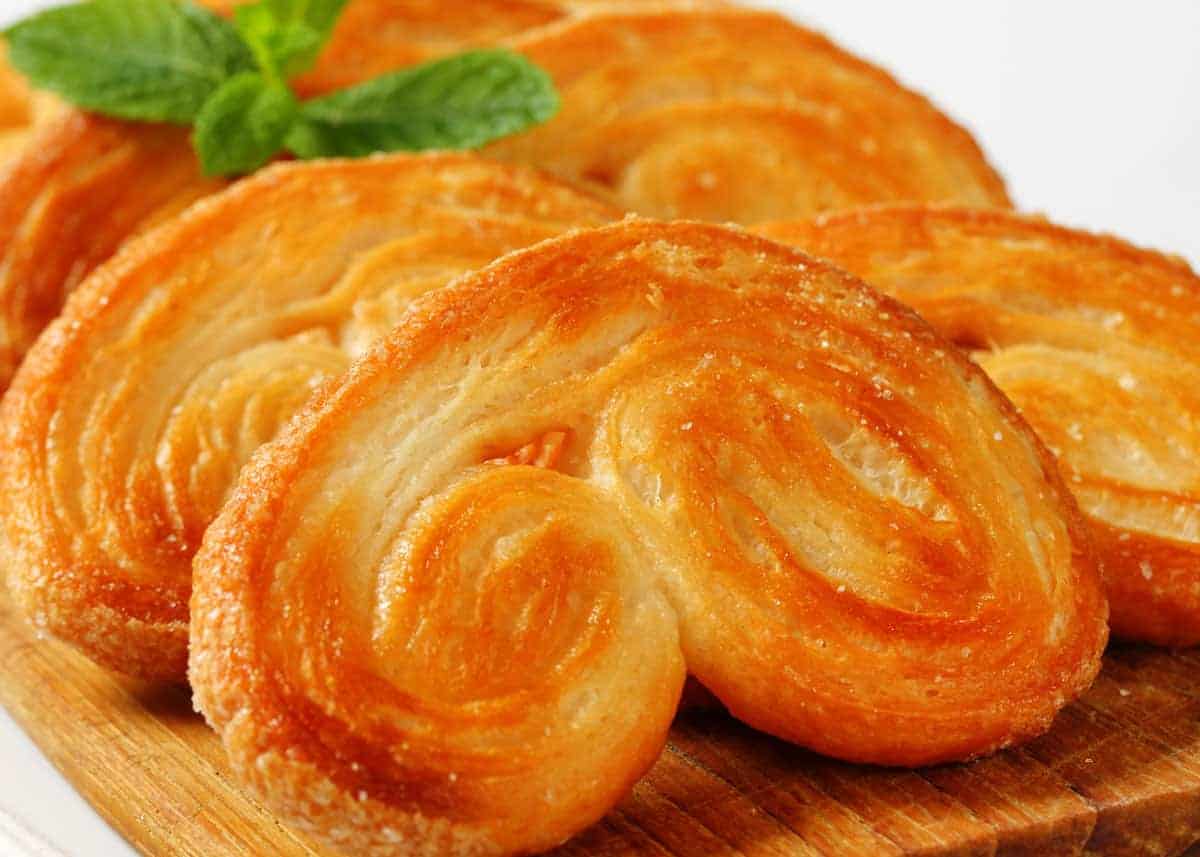


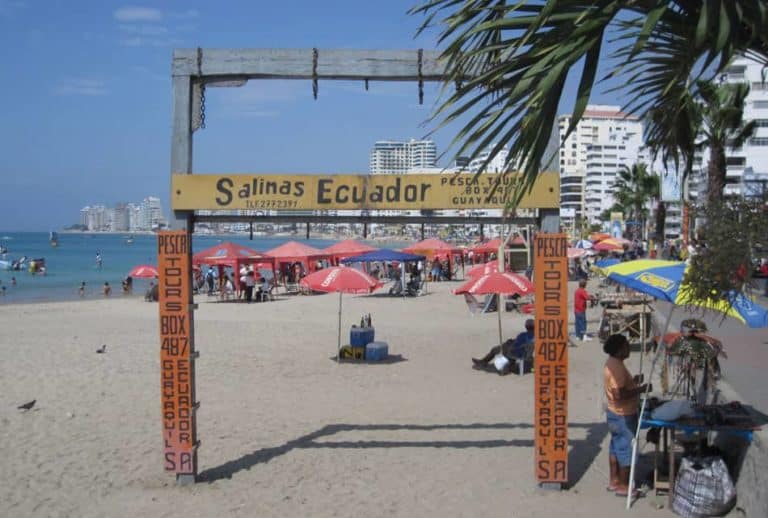
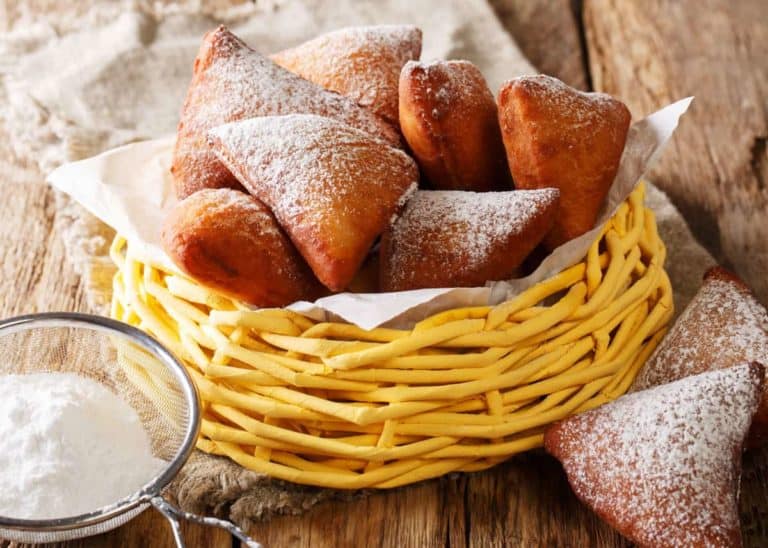

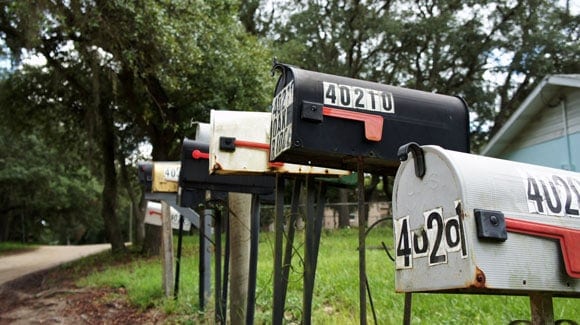
What about condumio?
I am Ecuadorian and outside of the empanadas I dislike practically all Ecuadorian deserts, practically all of which you have included in the list here. They generally are characteristically heavy (with some minor exceptions) and texture can be grainy and viscous (again things I tend to dislike in deserts).